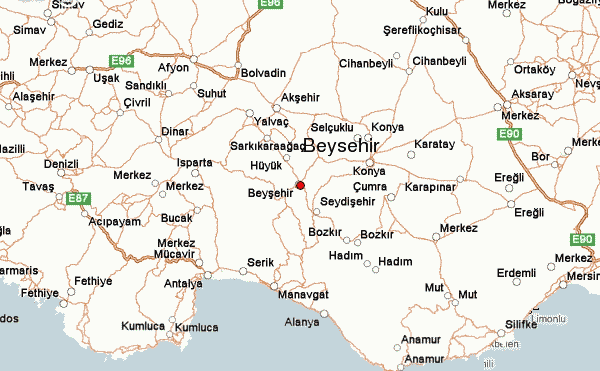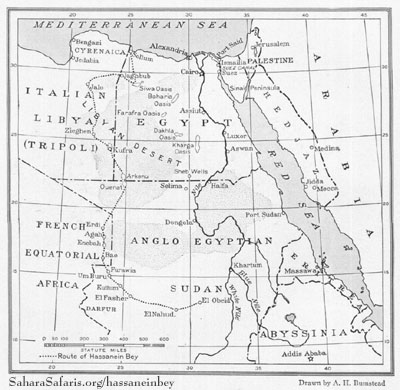his description of 'jihad' fever he witnessed in Afghanistan
in the Spring of 1915.//

Afghan Emir Habibullah. He was assassinated
in 1919 by a British agent, Indian Mustafa Saghir, who
was also accused of trying to assassinate Mustafa
Kemal Atatürk in Ankara in 1921 or 1922. Herewith
a related link: Assassin
-----------------------------------------------------------------------------------
"When I came to Afghanistan I thought that the declaration of 'jihad'
had not yet been made (by the Ottoman Caliph-Sultan). Nevertheless,
all the Afghans expected 'jihad' would be declared. When I was in
Mazar-ı Şerif, on the way to Kabul, a traveler from Meshed (in
northeastern Iran) related that "In Istanbul the Great Caliph, Sultan
Mehmed Reşâd Khan, has announced 'jihad' in Istanbul and all
Moslems are summoned to Holy War. The Caliph's 'ferman' (order)
has reached the Afghan Emir, as well."
The news couldn't be confirmed but, in any case, the people of Mazar-ı
Şerif were quite excited and certain that the declaration had been made.
There were rumors of 'jihad' in Taşkurgan and Kunduz, too, and by the
time I reached Kabul all of Afghanistan was aflame with 'jihad' fever.
Still, though, there was had been no official confirmation.
At the end of May 1915, news of 'jihad' gained momentum once again.
Some Afghans in the British Army in India who fled to Afghanistan
brought certain news that the 'jihad' declaration had been announced
by the Caliph in Istanbul. Very quickly, this confirmation spread
throughout Afghanistan, prompting talk of immediate mobilization of
the army, distribution of new weapons and even reports that the Caliph
had sent weapons. The people congratulated one another and joy and
good feelings abounded.

The 'fetva' (order) of the Caliph-Sultan Mehmed Reşâd
announcing 'jihad' and issued 14 November 1914 in Istanbul
by the Şeyhülislâm, the senior Ottoman religious official.
Unfortunately, the Afghan Emir said nothing. This sparked whispers
against the Emir, with some even saying that the Emir sided with the
British and there were calls for a revolt against him, as well. The Emir
subsequently confirmed that the Caliph had sent him the 'jihad ferman'
and this served to calm the populace somewhat. Among the tribes
emotions were running high but the imams urged the faithful to await
the Emir's command for 'jihad' to start.
Meanwhile, rumors spread that in India all the Moslem newspapers
had been closed down by the British because they wrote that the Caliph
had declared 'jihad' and journalists had been jailed in this regard. This
news served to fan the flames anew and the tribes on the border with
India sent this threat to the British governor in Peshawar: "Leave
Peshawar immediately. Otherwise, we will drive you out with armed
force. Because Peshawar is a Moslem place and since you are treating
our Moslem brothers there badly your time in our country is over.""
//END of PART II//





